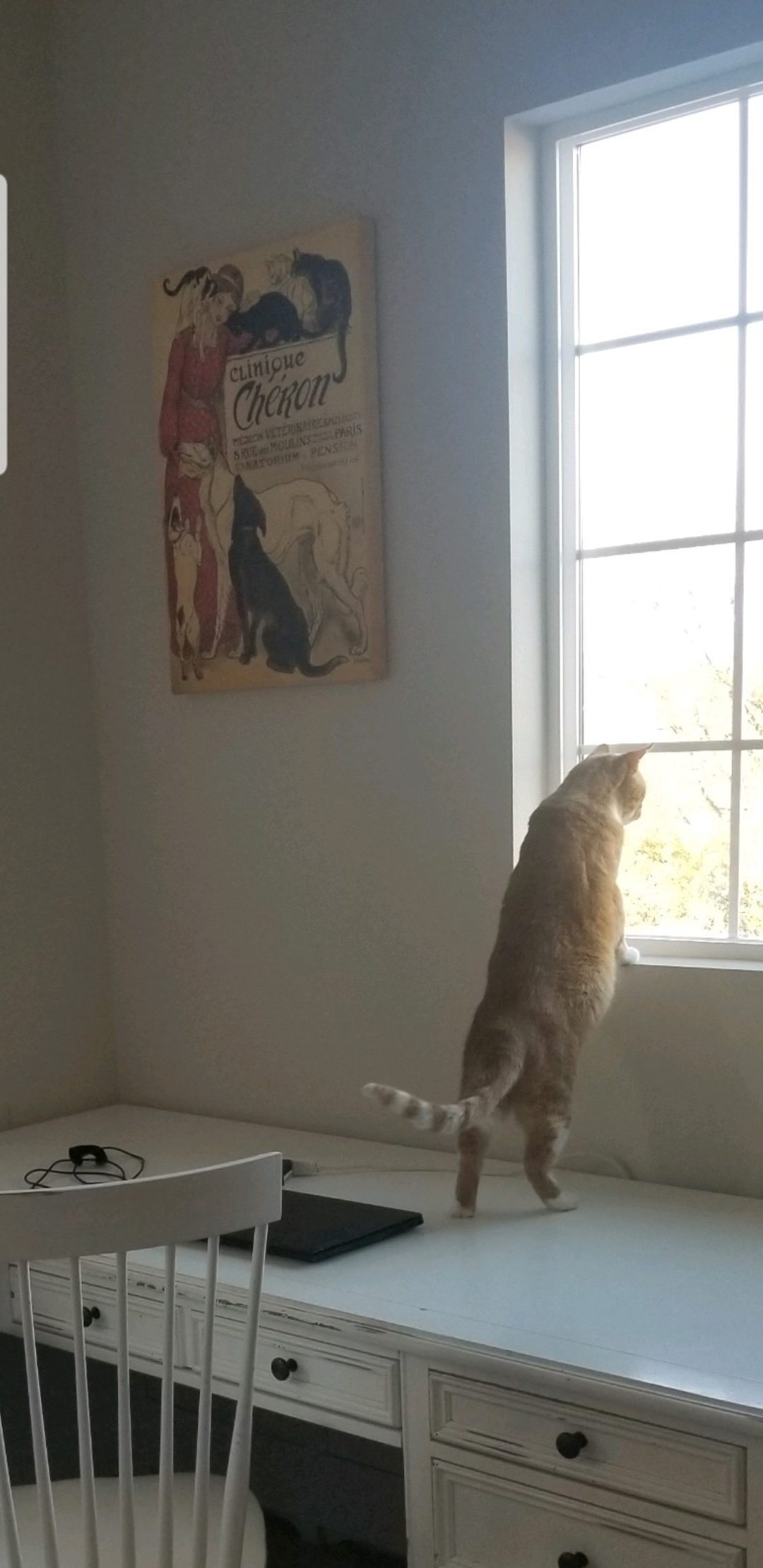
Veterinary visits can be a challenging experience for your cat. Being in a strange place with myriads of unfamiliar smells and objects is overwhelming.
When we go to our doctor’s appointments, we experience anxiety and fear of the unknown. Even though the doctors thoroughly explain the treatment, we are still afraid of medical procedures. Think about your cat that can’t tell you how he feels and can’t understand the doctor’s instructions.
In this article, we will discuss some tips on how to help your cat prepare for a doctor’s visit, reduce anxiety and improve the veterinary clinic experience.
Practice going to a carrier.
Getting your friend into a crate can be one of the most traumatic experiences. Generally, cats are no different from other creatures when forced to do something they don’t want. We pick up our cats and place them in a small carrier. Your cat may refuse to go to the crate and may even fight when you try to force him inside.
First, we need to teach our cats the idea that their carrier is a safe, cool place to be. Leave the carrier in a room with its door open. Place a soft towel so your cat feels comfortable in the crate. Provide favorite toys. Allow the cat to go inside the carrier and stay there as long as he wants.
Make the carrier an enjoyable experience. Take your cat for a car ride beside the vet hospital. Let your cat know that outings can be a good thing. Going to the carrier doesn’t always mean a trip to the vet. One day, we brought Sunny and Marley to a restaurant and had lunch outside on a patio. The cats were sitting inside the carriers and were able to see us.
When the cats get used to the carrier, they will feel more comfortable going inside. The skill will become crucial during emergencies.
Follow your veterinary doctor’s recommendations.
Always consult with your cat’s medical provider. The vet will develop a treatment plan for your cat. Sometimes the doctor will prescribe medicine before bringing your four-pawed friend for an appointment.
Follow your doctor’s recommendations and give the medication exactly as prescribed. Always ask questions to clarify confusing or conflicting information. Make sure to follow directions for surgeries and other medical procedures that require an empty stomach. Ensure that your cat fasts for the appropriate period and is ready for treatment.
Always be honest with your veterinarian and tell the doctor if you forgot or couldn’t follow the directions. For example, your cat has a lab test or a procedure that requires prior fasting. If you forgot to remove a bowl of food or accidentally fed your friend in the morning, please let the doctor know right away. It is better to delay or reschedule the procedure.
Failure to follow the doctor’s instructions is dangerous and may result in an injury or death.
Avoid excessive stimulation.
Similar to humans, cats may experience increased anxiety when surrounded by noise, bright lights, and commotion. If possible, provide your cat a private room or space where your friend may feel relaxed and comfortable. Dim the lights, reduce noise, close open windows, avoid the commotion. Provide soft beds, blankets and create a calm atmosphere for your cat.
Explain to your family members what is happening and ask them to keep their voices down. On your way to the vet, lower the volume of a radio. Cover the carrier with a blanket or throw, to reduce the excessive stimulation. You can utilize the car window shades to protect your cat from the direct sunlight on the way to the clinic. Support your cat during a visit. If possible, be with your cat during the examination. Your cat feels fearful and scared of the unfamiliar place.
Consider a mobile veterinarian clinic.
Sometimes no matter how well you prepare your furry friend for a vet visit, things don’t work well. Our first cat Sunny had such a hard time at the clinic that the staff couldn’t examine him. What happened was, Sunny was so tense that the technicians couldn’t get him out of the carrier. Once out on the exam table, Sunny let the technician weigh him. After the technician left, Sunny jumped on the top of the cabinets, using a computer keyboard as a trampoline.
When the doctor came in, Sunny refused to come back down to the table. The team tried to get the boy down; however, all the attempts were not successful. Sunny was hissing and yelling in a loud voice, almost like a human. I was standing by the door outside of the doctor’s office, and Sunny’s scream gave me chills.
After unsuccessful attempts to get the cat down, the team placed Sunny’s carrier on top of the cabinet, with the door open. Sunny, with lightning speed, shot straight into his carrier. “This is like home for him,” the vet said. The technician locked the crate door and handed us our poor hissing Sunny.
In a similar situation, consider a mobile vet clinic that will come to your home. There’s a fee for a house visit. Such an arrangement will allow your cat to see the doctor in the comfort of your home. A home veterinary visit is a consideration if your household has multiple animals. The clinics usually have all the necessary equipment for the examination. If additional testing or treatment is required, your veterinarian will let you know.
Conclusion.
Visiting a veterinary clinic may be a daunting experience for your cat and you. Getting in a carrier, driving to the vet, handling the visit is indeed a challenging time for your four-legged friend. Some preparation can help reduce your cat’s anxiety and improve the experience. First, teach your cat to use the crate at home and make it a fun, safe place. Contact your veterinarian and accurately follow the doctor’s directions before the office visit. Always tell the veterinary staff if you haven’t done the prescribed preparation. Reduce noises, remove bright lights and minimize commotion in your cat’s environment. If your cat struggles with doctor’s appointments, consider a mobile clinic that comes to your home.
